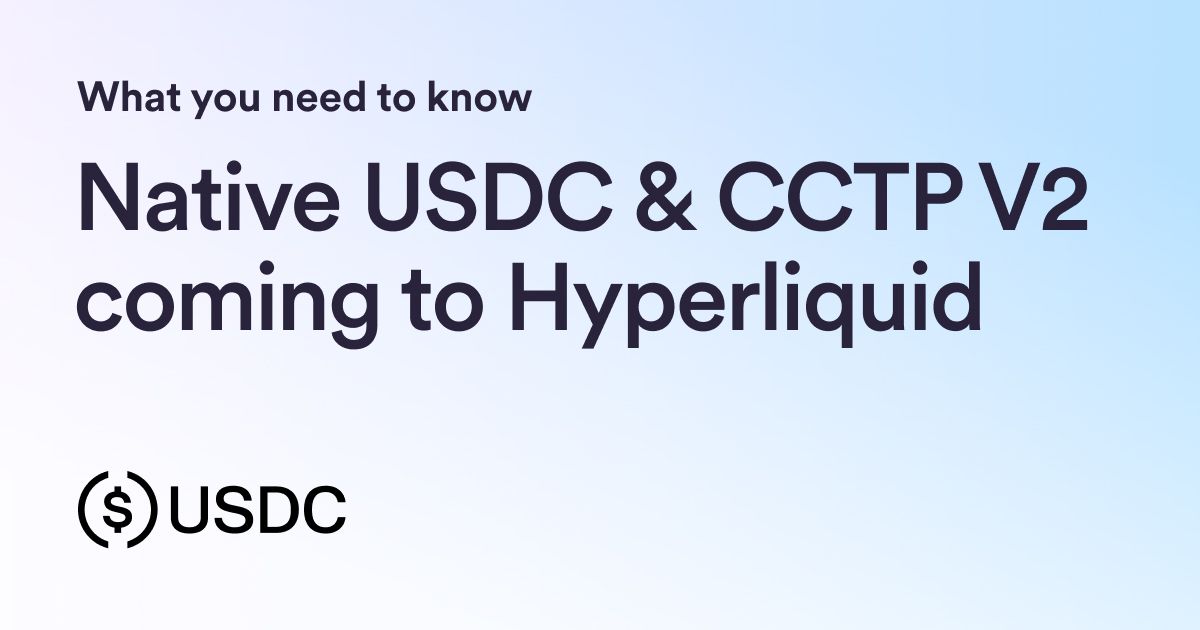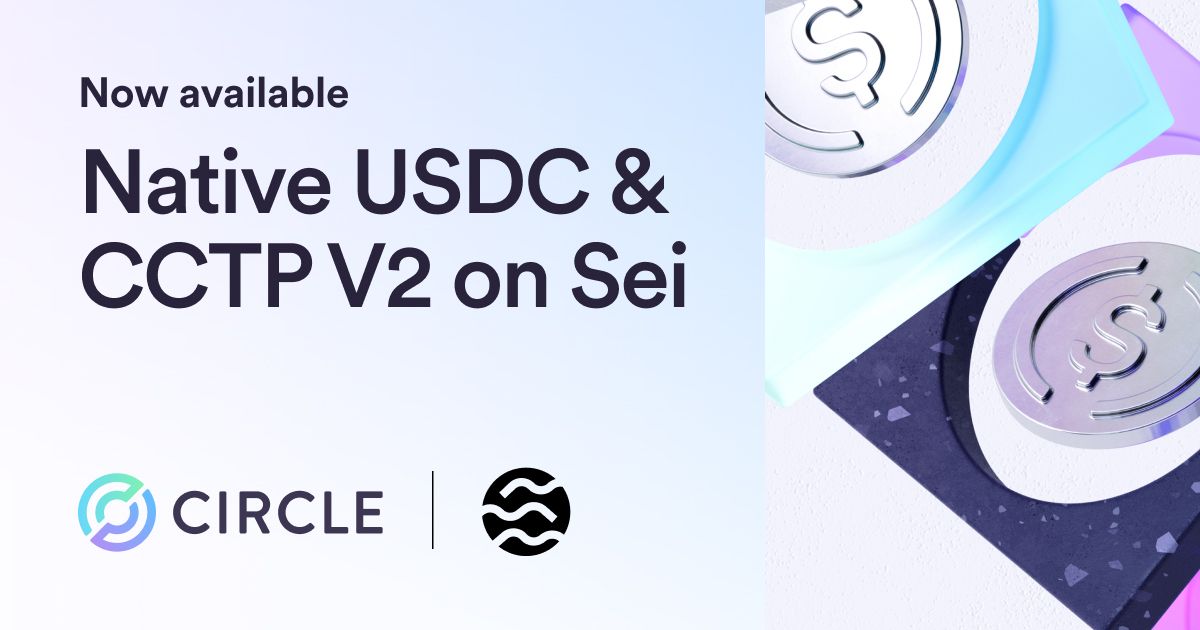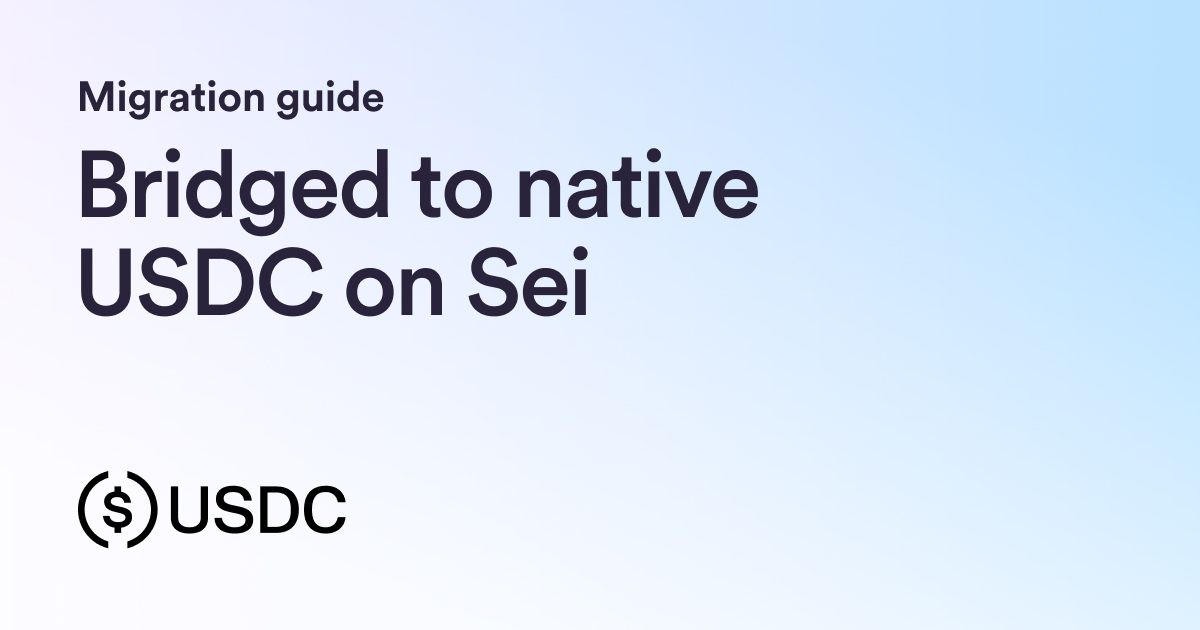Learn what you need to know about the upcoming launch of native USDC on zkSync.

Native USDC is coming to ZKsync. Here’s what you need to know and how to migrate from bridged USDC.
What you need to know
USDC, issued by Circle, will be native to ZKsync and is the official form of USDC for the ZKsync ecosystem. Over time, we expect native USDC liquidity to grow and replace the currently circulating bridged USDC liquidity that comes from Ethereum via the ZKsync Era Bridge.
For assistance on updating your user interface and user experience to support the migration from bridged USDC to native USDC, see this step by step guide.
Benefits of native USDC
- Regulated, fully reserved and always redeemable 1:1 for US dollars
- Enables institutional on/off-ramps like Circle Mint for eligible users
- Easy integration into your existing dApps
Understanding Bridged vs. Native
Ahead of the launch of native USDC, the Ethereum-bridged form of USDC on block explorers like ZKsync Era Block Explorer will be renamed USDC.e. There will also be outreach to ecosystem apps to make the same change in their app UI and documentation.
Bridged USDC from Ethereum
Token Symbol: USDC.e
Token Address: 0x3355df6D4c9C3035724Fd0e3914dE96A5a83aaf4
Native USDC issued by Circle
Token Symbol: USDC
Mainnet Token Address: 0x1d17CBcF0D6D143135aE902365D2E5e2A16538D4
Testnet USDC Address: 0xAe045DE5638162fa134807Cb558E15A3F5A7F853
ZKsync will provide ecosystem DEXs and dApps a smooth transition of liquidity from USDC.e to USDC over time. There will be no immediate changes to the ZKsync Era Bridge.
Additionally, developers can start to integrate projects by getting testnet USDC on ZKsync Era Sepolia through Circle’s Testnet Faucet.
Stay tuned for launch
We’re very excited about what native USDC means for the ZKsync ecosystem! Please reach out on Discord if you have any questions.





